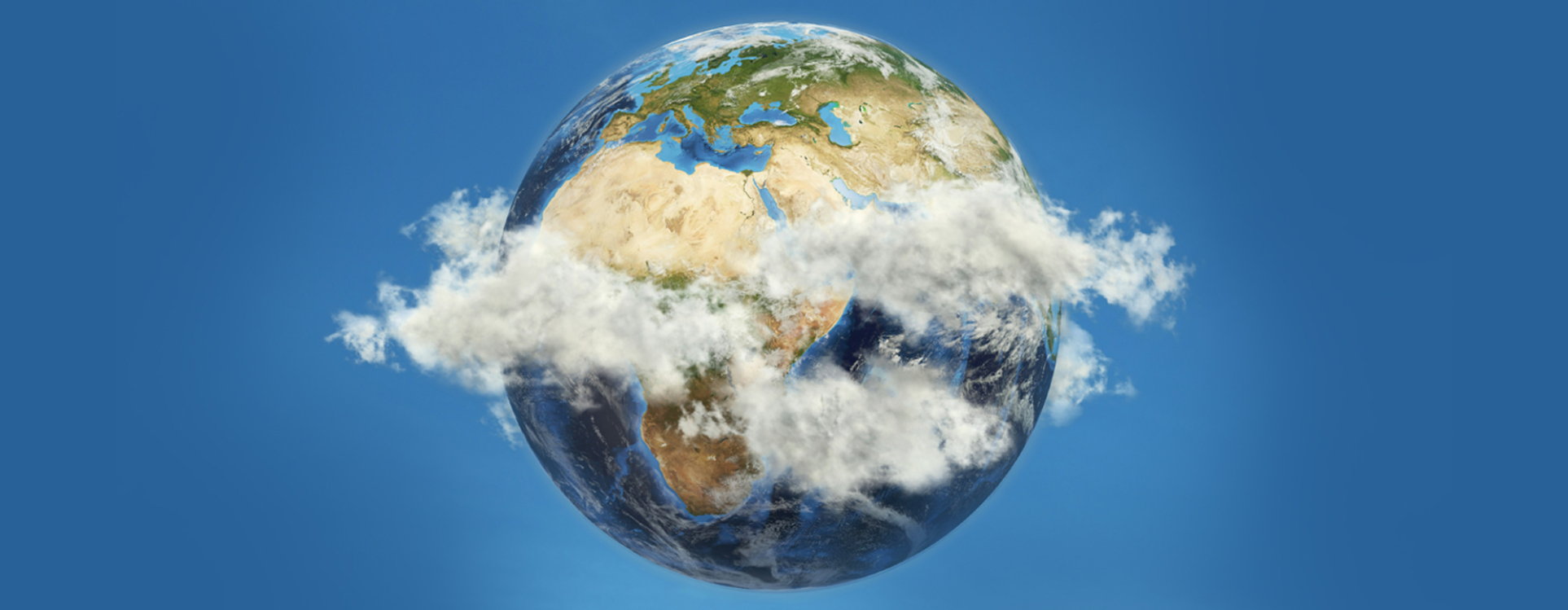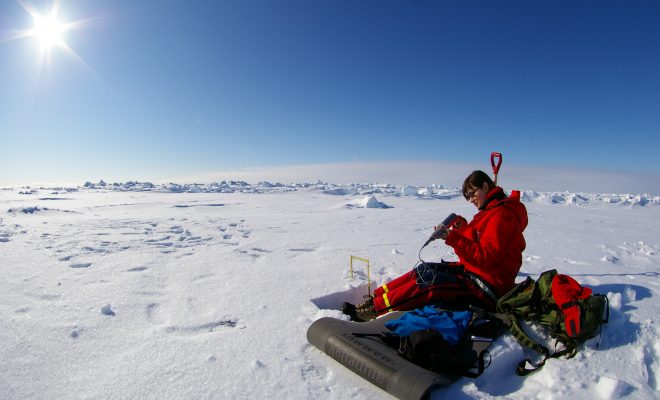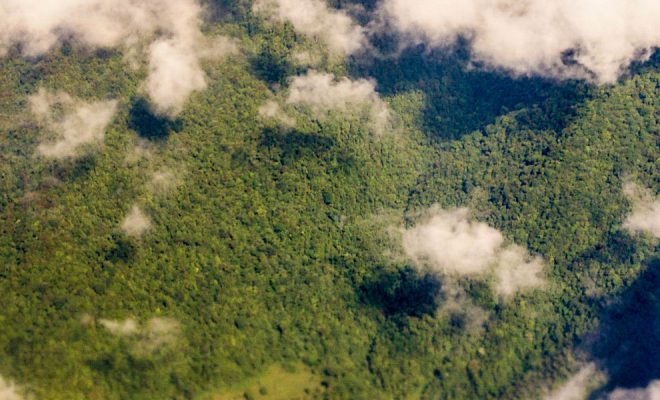“By 2050, the risks of floods, droughts, and heat waves are expected to increase. The water provided by ice and snow will decrease drastically. We will most likely see unprecedented anomalies in all these phenomena if we fail to limit global warming to 1.5ºC before 2030.” These were the words of Dr. Jean-Pascal van Ypersele nearly ten years ago during the Social Perceptions of Water and Climate workshop we co-organized in Barcelona with the International Association of Broadcast Meteorology (IABM).
At the time, the then vice-chair of the IPCC summarized the scientific foundations and projections of the Fifth Assessment Report (AR5), whose synthesis was to be presented at COP 21 in Paris. During his speech, he emphasized the importance of communicating the scientific basis of climate change in an understandable and practical way globally.
Among the participants was Mónica López, who was then head of RTVE‘s Meteorology Department. As part of her outreach work, she had recorded a video in 2014 dramatizing what a televised “weather report” might look like in 2050.
Both Jean-Pascal’s forecasts and Mónica’s fictional scenario—both Friends of the Foundation—could easily describe today’s reality. If we stick to the cold data, perhaps the most concerning aspect of climate change is that its worst consequences appear to have arrived 25 years earlier than expected.
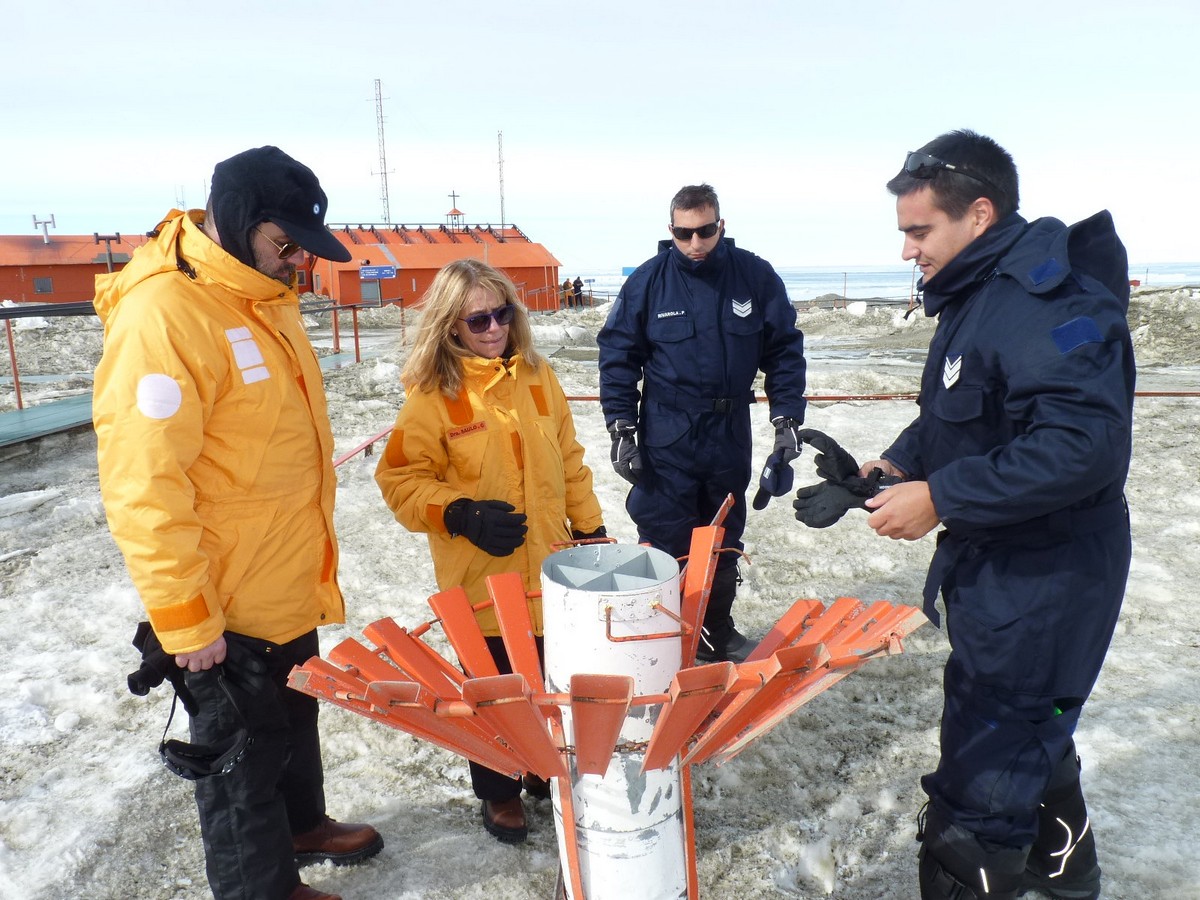
Trusting and supporting science is a responsibility shared by governments, the media, and each of us. © WMO
Constantly Evolving Models
The acceleration of extreme phenomena in recent years is now evident to the global population, generating increasing concern about the future. Meteorologists working with advanced models, such as those from the European Centre for Medium-Range Weather Forecasts (ECMWF) or the U.S. Global Forecast System (GFS), explain that changes are occurring so rapidly that thresholds for forecasting extreme events quickly become outdated.
Record-breaking temperature spikes of three or more degrees above normal in the past two summers have been observed in both the Northern and Southern Hemispheres. These episodes, unexpected in their magnitude, are more akin to the climate projections the AR6 placed around 2050 if the global temperature rise is not curbed at 1.5ºC.
Similarly, violent local-scale floods, such as the 2023 Libyan medicane or the recent DANA that devastated Valencia, have proven meteorologically predictable in the short term. However, climate projections had placed such events closer to mid-century.
The World Meteorological Organization (WMO) emphasizes the need for further studies incorporating data from these recent extreme anomalies, such as Europe’s 2023 heat waves, Pakistan’s 2022 floods, and the recent inundations in Greece.
Numerical models based on advanced algorithms face an increasing challenge: when data change unpredictably, forecasting accuracy demands continuous updates.
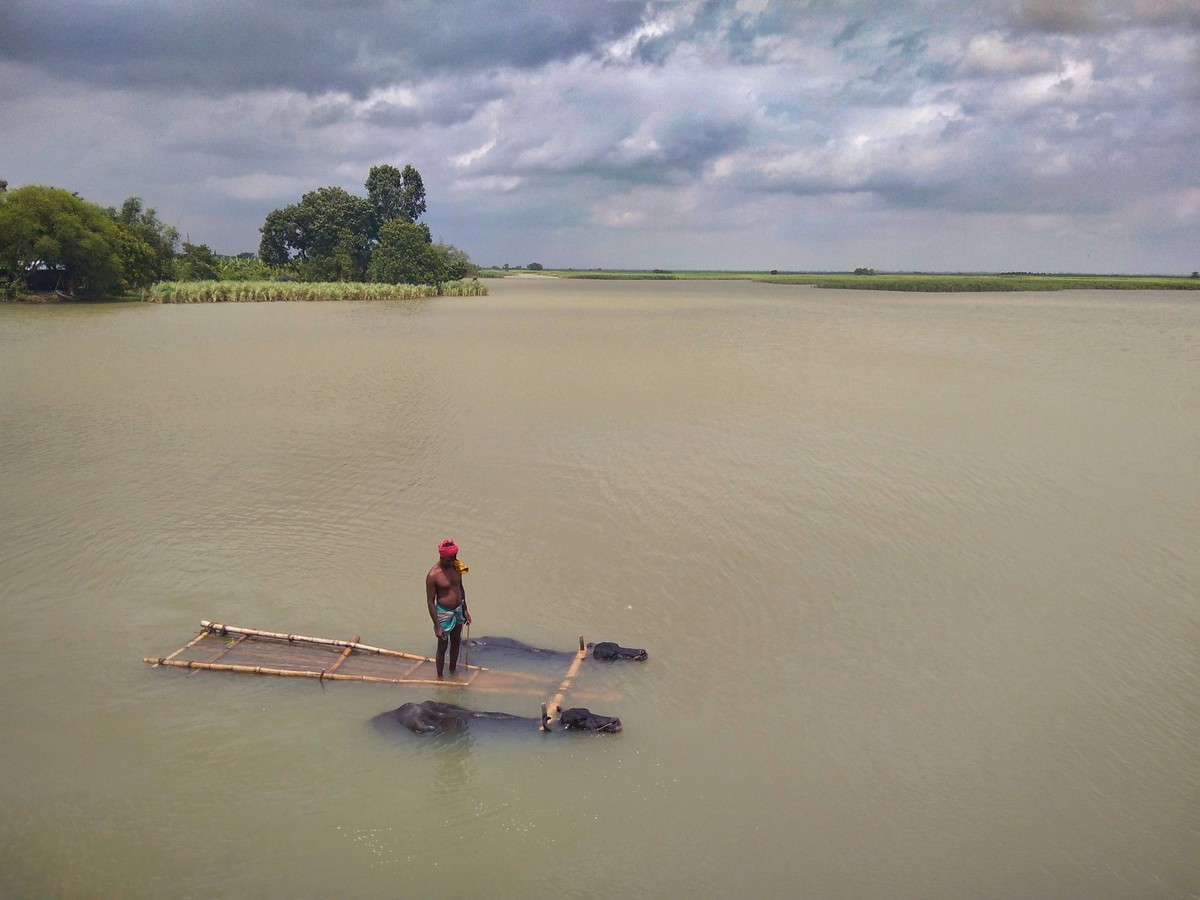
The acceleration of extreme phenomena in recent years is now evident to the global population, generating increasing concern about the future. © Solayman Hossain /WMO
The Challenge of Scientific Communication
The rapid pace of changes compels the scientific community to make greater efforts to adequately inform the population. Television weather presenters have long taken on this responsibility, as demonstrated during the 2016 Forum International de la Météo et du Climat in Paris, which we attended alongside Spanish meteorological communicators. Even then, the need to reformulate public language and explanations about the origins and impacts of meteorological phenomena became evident.
Recently, terms like “DANA,” “explosive cyclogenesis,” and “troughs” have entered everyday language. Moreover, the public is increasingly familiar with how alert protocols operate, from model forecasts to coordination between responsible administrations.
Yet another challenge lies in combating and reversing climate denialism. A recent example includes conspiracy theories blaming Valencia’s DANA on weather manipulation via the HAARP project, allegedly aimed at causing disasters to destabilize geopolitics. Similarly, the “chemtrails” theory suggests that airplane contrails contain chemicals intentionally released to control the climate, poison populations, or even manipulate minds.
HAARP (High-Frequency Active Auroral Research Program) is a scientific initiative to study the ionosphere, the upper atmospheric layer that affects communication and GPS systems. Meanwhile, aeroplane contrails are simply condensed water vapour formed when aircraft pass through cold, humid air at high altitudes.
The challenge of scientific communication is immense. Combating misinformation on social media requires avoiding the sensationalism often seen in meteorological news reporting, which can alienate the audience from both the content and its sources.

The rapid pace of changes compels the scientific community to make greater efforts to adequately inform the population. © WMO
Furthermore, scientific communication must adapt to an ever-changing psychosocial context. Cultural and ideological factors often outweigh objective information in shaping public perceptions of climate change. Frequently, understanding facts through clear, objective data is not enough to change behaviour.
The WMO calls on mainstream media to incorporate scientific information without fearing audience loss, presenting it coherently and dismantling both denialist arguments and apocalyptic messages.
Faced with accelerating climate change, we must place even greater trust in the efforts of those who consistently get it right: scientists, our best asset.


